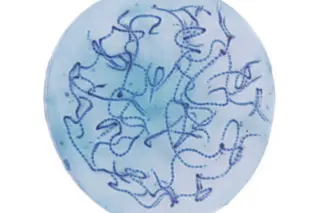Georgia M. Dunston, a black specialist in human genetics, is speaking with a white reporter. We are in her office at Howard University's College of Medicine in Washington, D.C., at the end of the day. The question is whether race, in the scientific sense, is relevant to the health status of African Americans and other minorities. Even if this weren't the topic, race in its unscientific aspects – the thorn in the side of American history – would be with us too.
Dunston, 60, a spirited talker, has long held that race has little to contribute to medicine because the physical characteristics of race are superficial and misleading. For just as long she has contended that black people – those who participate in studies as well as black scientists – should be included in greater numbers in medical research. Her two positions don't fit together neatly – at least they ...














